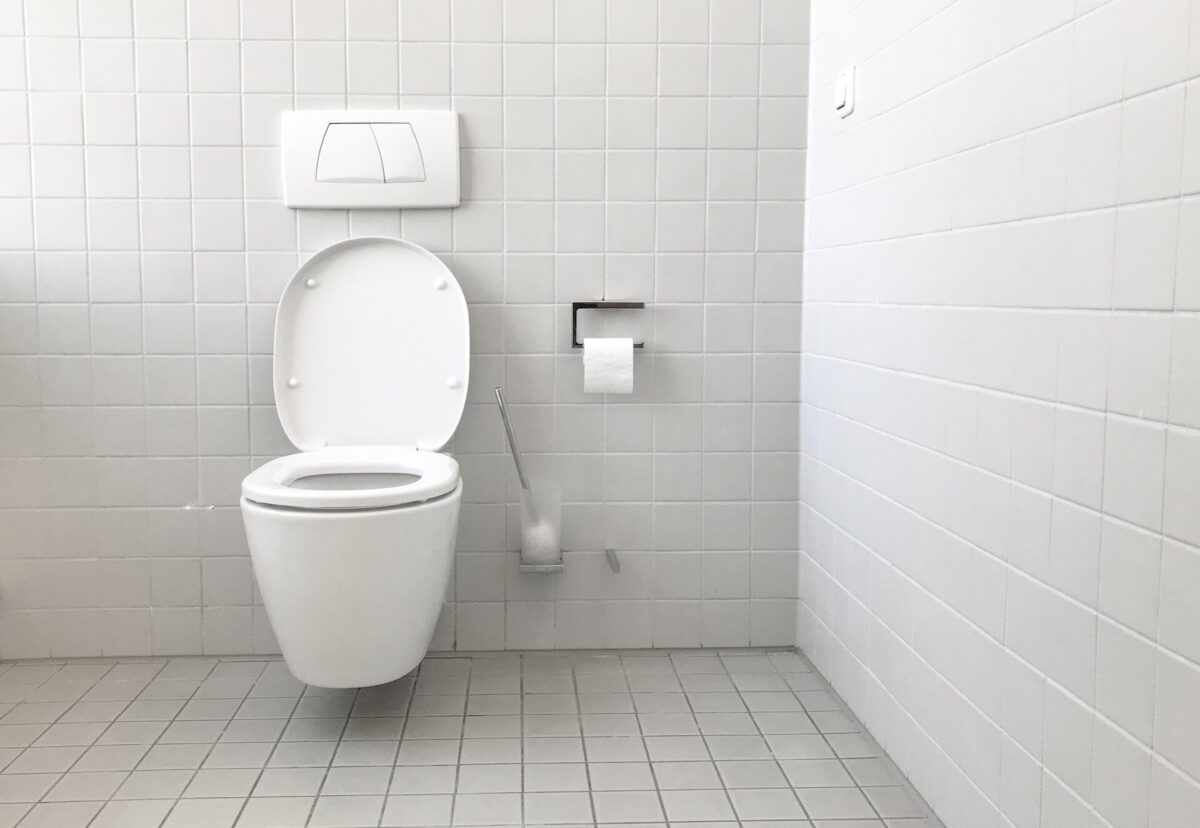2023 marks the tenth year since the United Nations (UN) declared a particular, and peculiar day as one of its many UN days on 19 November – World Toilet Day. Supporting two of the three pillars of the UN – Human Rights, Peace and Security and Development, World Toilet Day raises awareness about the lack of basic sanitary facilities in some parts of the world, such as India, Indonesia, and some African nations. The right to water and sanitation was also declared a human right by the UN in 2010.
The world is facing an adversity to reach the UN goal of making basic sanitation and water access available to all people by 2030. In 2020, about a quarter of the world’s population still lacked basic sanitation services.
Water Day and Toilet Day working hand in hand
Every year, the World Water Day and World Toilet Day work together to solve the water and sanitation crisis, and the central message of both days in 2023 focuses on accelerating change – governments must work faster to meet the SDG (Sustainable Development Goal) 6 on time, i.e. by 2030.
Who invented the World Toilet Day?
Jack Sim, a good-humored philanthropist from Singapore, founded the World Toilet Organization (WTO) on November 19, 2001, subsequently declaring the day World Toilet Day. The term was chosen for ease of public messaging, and the day, which is observed annually, was made to spread and increase public awareness of broader sanitation systems such as wastewater treatment, stormwater management, and handwashing.
As one of its many initiatives, the WTO also started the World Toilet College (WTC) in 2005 as a social enterprise in Singapore, that aims to address the gap in education and training around sanitation topics. It develops courses, workshops, toilet design standards, maintenance, and sanitation practices and technologies.
The WTC subsequently expanded in two Indian cities, Rishikesh and Aurangabad, in 2016.

Image by: World Toilet Organization
How to celebrate World Toilet Day
The special day affords us the time to appreciate how great our porcelain throne really is. For the most important part, toilets and sanitation help to stop the spread of diseases, and make life a lot more comfortable and convenient.
There are three ways in which World Toilet Day can be appreciated and celebrated:
- Educate yourself and read up about water and sanitation.
- Take action and host an event to raise funds and awareness.
- Post a picture of your own toilet to social media, with the appropriate hashtag. Or hunt down some of the world’s most spectacular toilets (for instance, chic design, multi-functional, killer view, etc.) and share them on your socials.
Yes, you read number three right – flaunt your toilet. As Jack Sim said in his 2019 documentary Mr. Toilet: The World’s #2 Man, “We have to turn poop culture into pop culture”, social perception accelerates the flow of information.
As more people are educated and informed about the importance of having access to sanitation facilities – the most basic being a toilet and hand wash basin, there will be more impetus to ensure fewer people are forced to practise open defecation, and in turn stop the spread of poor sanitation-related diseases. It will also indirectly prevent women from physical and sexual assaults while having to travel far from their households to access sanitation.
“We have to turn poop culture into pop culture.”
Jack Sim, Founder, World Toilet Organization
Know your toilets
Before you strut your stuff on your socials, take a good look at your own toilet and possibly compare yours with those in the neighboring countries.
Most countries around the world adopt the classic Western-style flush toilets with bowls that have a conical shape that allows human waste to slide down towards the siphon tube. This basic toilet bowl has the same type of design that we find in most of Europe, North America, Australia, Asia, and other parts of the world.
There is however another design, called ‘flat bottom toilet’, for the toilet bowl that is often found in Austria and Germany.
If you have lived in Austria all your life, you will probably find nothing special with your porcelain. For visitors, the lovely Austrian toilet has a glaring contrast to theirs back home.
The ‘flat bottom toilet’, ‘shelf toilet’ or ‘reversed toilet’
The Austrian toilet is called so due to its flat bottom and a hole on the opposite side. Instead of being conical, the part of the bowl that is meant to receive human waste is flat and placed higher than the siphon hole. This ‘shelf display’ allows human excreta to be deposited, looked at, and sometimes analyzed, before being flushed down the sewerage pipe.

Image by: Wonderful Engineering
There are reasons for a significant difference in design. Toilet design has been brought to perfection over hundreds of years. At some point during this evolution, there was a contention in the toilet designer community.
Some thought that the waste should be immersed in water as soon as it was being excreted, as that would limit the diffusion of unpleasant odor. But some other designers, from Austria and Germany, thought that this classic design was flawed. The siphon hole being so low and vertical, there was a high risk of splashing water on your bottom every time you did a ‘number two’. This inconvenience hence called for the flat bottom design, which drastically reduced the risk of being splashed.
One could also argue that the flat bottom design is flawed, because it displays your waste in full regalia, and the sight of that is akin to an acquired taste that is not everyone’s cup of tea. Interestingly enough, for the Austrians and Germans, that is one of the perks of the design, to be able to spot intestinal infestation and other health problems. So they find it rather beneficial to take a daily look at their excrement, just to check if everything is in good order. Well, one man’s meat is another man’s poison, it depends on how much you can stomach!
The halfway-filled toilet bowl
People visiting the United States are sure to have noticed a peculiar thing in American toilets – the level of water inside the bowl.
There is much more water in the average American toilet than in any other toilet around the world. The average European bowl will have just enough water to cover the hole, while the average American toilet bowl will almost be filled halfway.

Image by: Flushitblog
The perk of this halfway-filled toilet bowl means waste will always be immersed and thus less smelly, and there will be less cleaning to do, as excrements do not stick to the bowl underwater, as compared to the classic and flat bottom designs.
On the other hand, inconveniences of the American toilet include splashing (especially for men who pee standing), noisy peeing, possible genital bath (this depends on individuals), possible hand contact with bowl water while wiping. Again, every toilet has its hits and misses!
And the award goes to…
No toilet conversation is ever complete without an honorary mention of the all-hailing Japanese toilet. Even South Park, the satirical animated show, paid tribute to this smart toilet.
The Japanese toilet is a toilet with additional features beyond the conventional American and European toilets — features that were developed and patented in Japan, such as a heated seat and an automatic lid opener. The defining feature of a Japanese toilet is its bidet, a nozzle that sends water onto a user’s nether regions for cleaning purposes, and some even have a built-in dryer. While European toilets have a separate bidet system and American toilets usually lack them, Japanese toilets have integrated electronic bidets that are user-friendly.
These toilets have become so widespread in Japan that their main manufacturer, the Toto Group, rebranded them not as toilets, but as ‘washlets’, what are becoming known in English-speaking countries as ‘super toilets’, or ‘Toilet Nirvana’ according to The New York Times.
One drawback of a Japanese toilet is that it runs on electricity and hence electric wiring and a power outlet are needed. Another problem with using the toilet is the development of ‘Washlet Syndrome’, where the bidet eliminates the good bacteria while cleaning the user’s nether regions, leading to skin irritation and sensitivity.
Fans who are interested in the history of Japanese toilets should consider visiting the TOTO Museum in Kitakyushu.
Love your toilet
However exquisite or peculiar the toilet you have at home, take time to reflect on how convenient it is for us to be able to have access to sanitation facilities, something most of us living in developed nations easily take for granted. Although access to proper sanitation is considered a human right, and not a privilege, there are 2.8 billion people who nonetheless lack access to safe sanitation services.
Accelerating change
Love and flaunt your toilet, be it the classic, Austrian or American design. Mark World Toilet Day – 19 November in your diary and share the day and stories with your friends and family, and create awareness for safe and proper sanitation facilities and services. As mentioned, social perception accelerates the flow of information, and accelerating change is precisely the message of World Toilet Day 2023.
Cover image by Jan Antonin Kolar on Unsplash
Reviewed by Sarah Guvi and proofread by Ashley McCarthy





